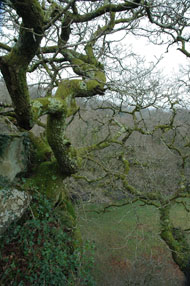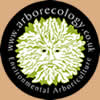The AirKnife makes excavation around underground utilities much safer for workers and trees. It can be used to locate gas and power lines before digging with mechanical excavators and without the risk of producing sparks that could ignite leaking gas. It can dig a utility line tunnel under hard surfaces like pavements or patios as easily as under tree roots. Where it becomes necessary to excavate a trench close to or under the canopy of a tree, the AirKnife can be used to expose roots that may then be either bent out of the way of the trenching work or cut back using target pruning. This reduces the stress caused to trees by preventing roots being indiscriminately ripped out the ground by a mechanical excavator, therefore prolonging the trees life expectancy and enabling the retention of trees that may otherwise have been removed. However, it is essential that all work to expose tree roots be undertaken by qualified arborists with knowledge of tree physiology and ecology, although, the AirKnife itself is easy to operate and could be used by groundwork contractors during other excavation works. Once exposed the tree roots will need to be treated with care and if left exposed for any length of time they should be sprayed with a hydro-jell to reduced desiccation as a result of water loss, while mulch can also be used to cover exposed roots during excavation work. Read more about how the AirKnife works an idea of where it can be used: what is the AirKnife, construction sites, tree health investigations, remedial mulching and our tree root research. |
 |
 |
"Except during the nine months before he draws his first breath, no man manages his affairs as well as a tree does." |
 |
| Website by Digital Detail | Site requirements: Adobe Acrobat, Internet Explorer, Mozilla Firefox |